How To Make Homemade Ciabatta Bread
4.8
(20)
Your folders
Your folders
Prep Time: 24 hours
Cook Time: 20 minutes
Total: 24 hours, 20 minutes
Servings: 8
Author : Alexandra Stafford

Ingredients
Export 3 ingredients for grocery delivery
Instructions
Step 1
In a large bowl, whisk together the 50 grams flour and the 2 grams (1/2 teaspoon) instant yeast. Add 50 grams water and stir with a spatula until combined. Cover the bowl with a tea towel or cloth bowl cover and set aside for 3 to 4 hours or until the dough’s surface is dimpled with holes.
Step 2
To the bowl of the poolish, add the water. The sponge should release from the bowl and parts of it, if not all of it, will float. Add the salt and stir briefly. Add the flour, and stir until you have a wet, sticky dough ball — dough will be very sticky. Cover with a tea towel or cloth bowl cover and let sit for 30 minutes.
Step 3
: With wet hands, grab one side of the dough, and pull up and to the center. Rotate the bowl a quarter turn, and repeat the grabbing and pulling. Do this until you’ve made a full circle. (Watch the video for more guidance. I employ a “slap-and-fold” technique, which is helpful when handling these wet doughs.) Cover the bowl. If time permits, repeat this process three more times at 30-minute intervals for a total of 4 sets of stretches and folds over the course of two hours. If you are short on time, know that doing just one or two sets of stretches and folds is totally fine.
Step 4
Transfer the dough to a straight-sided vessel, if you have one, or leave it in the bowl if you don’t. Cover the vessel with a towel and let rise until doubled in volume. Punch down (deflate) the dough — if your dough is still in the bowl, you can deflate it using wet hands right in the bowl; if your dough is in a straight-sided vessel, it may be easier to turn the dough out onto a work surface and ball it up using wet hands to prevent sticking. Return the dough to the vessel, cover it with an airtight lid, and transfer it to the refrigerator immediately for at least 12 hours. The dough can remain in the fridge for as long as 48 hours.
Step 5
(Note: This is where I deviate from traditional ciabatta bread recipes. See notes below for a more traditional shaping method.) Turn the dough out onto a work surface. I prefer to do this step without flour, but absolutely sprinkle your surface lightly with flour as needed to make the dough manageable to work with. Using a bench scraper or your hands, shape the dough into a tight ball; then use the bench scraper to divide the dough in half. If you want perfectly even balls, each portion will way roughly 455 grams. Again, use the bench scraper or your hands to ball up each portion into a tight ball — see video for guidance.
Step 6
Sprinkle your countertop liberally with flour. Place the balls top-side (smooth side) down onto the flour. The seam-side will be on top now, and it may split open — this is fine. Sprinkle the top surface of the balls liberally with flour. Cover with a tea towel and let rest for 2.5 hours. After 2 hours of proofing, heat the oven to 425ºF.
Step 7
When the dough has finished proofing, gently flip each ball over — I find a bench scraper to be helpful here. Then use both hands to stretch each ball out gently into a rectangular shaped “slipper”. Transfer to the prepared pan.
Step 8
Bake for 20 – 25 minutes or until the loaves are golden all around. Remove pan from oven. Transfer ciabatta rolls to a cooling rack. Let cool for 20 to 30 minutes before slicing.
Top similar recipes
Curated for youYour folders

 356 views
356 viewsHow to Make Ciabatta Bread
allrecipes.com
Your folders

 210 views
210 viewsHow to make Foolproof Ciabatta Brea...
cloudykitchen.com
4.9
(36)
30 minutes
Your folders
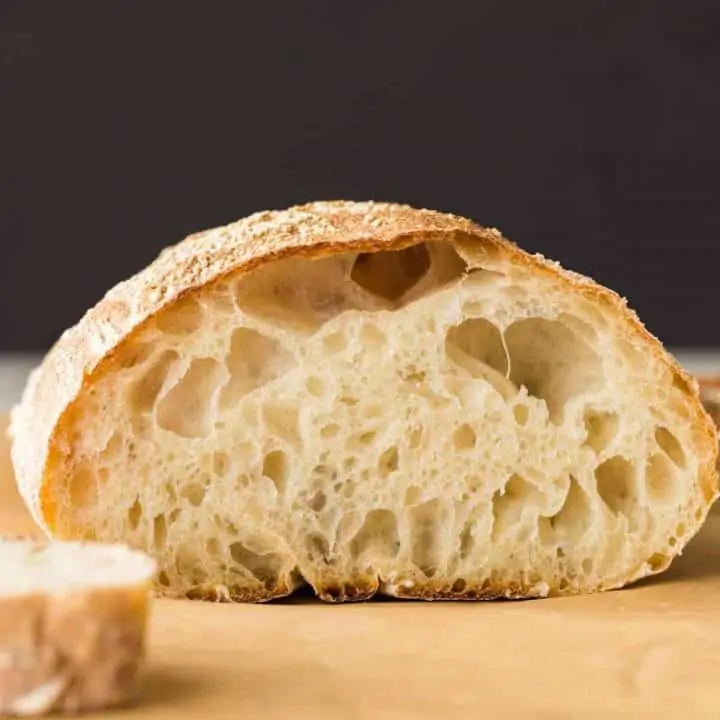
 1040 views
1040 viewsHomemade Ciabatta Bread
bakedbyanintrovert.com
4.6
(215)
27 minutes
Your folders
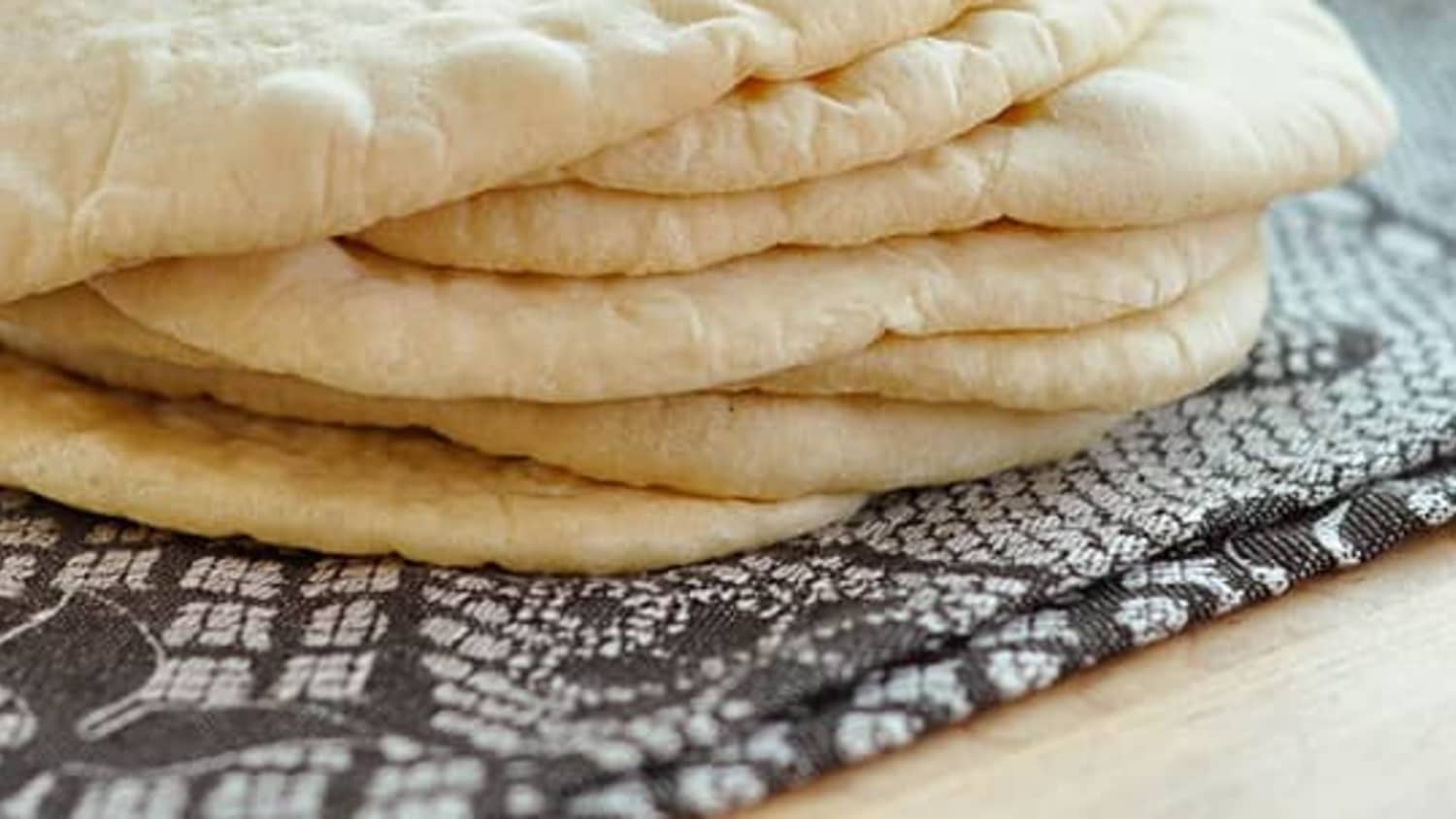
 963 views
963 viewsHow to Make Homemade Pita Bread
thekitchn.com
4.4
(38)
Your folders
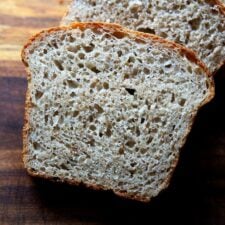
 216 views
216 viewsHow to Make Homemade Rye Bread
alexandracooks.com
4.9
(18)
45 minutes
Your folders
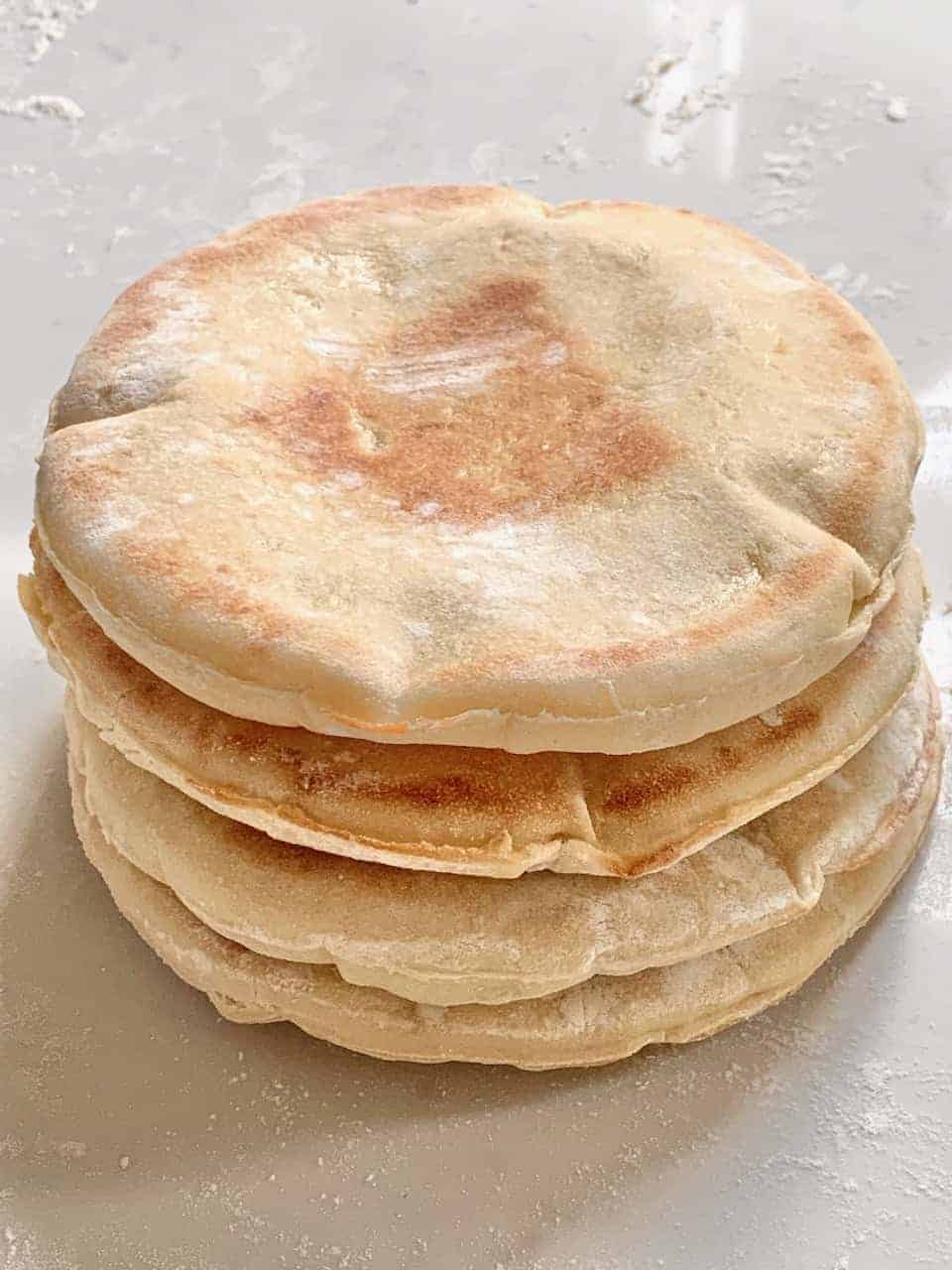
 171 views
171 viewsHow to Make Homemade Pita Bread
alphafoodie.com
5.0
(53)
10 minutes
Your folders
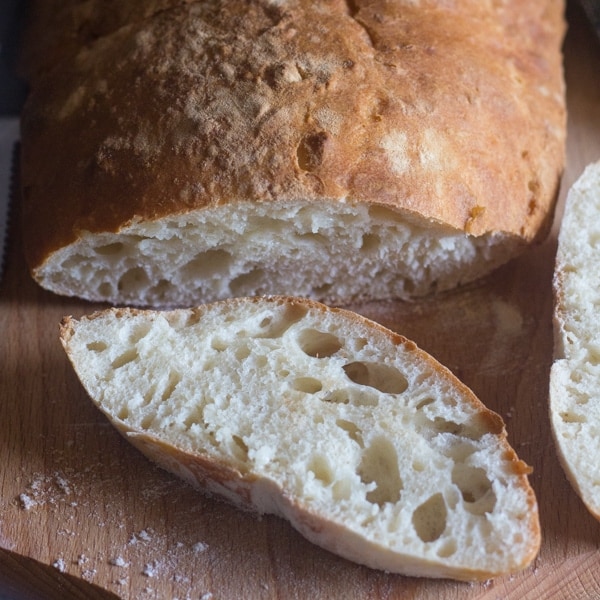
 586 views
586 viewsHomemade Italian Ciabatta Bread
anitalianinmykitchen.com
4.9
(62)
25 minutes
Your folders

 240 views
240 viewsHow to Make Homemade Italian Bread ...
recipesfromitaly.com
5.0
(7)
Your folders
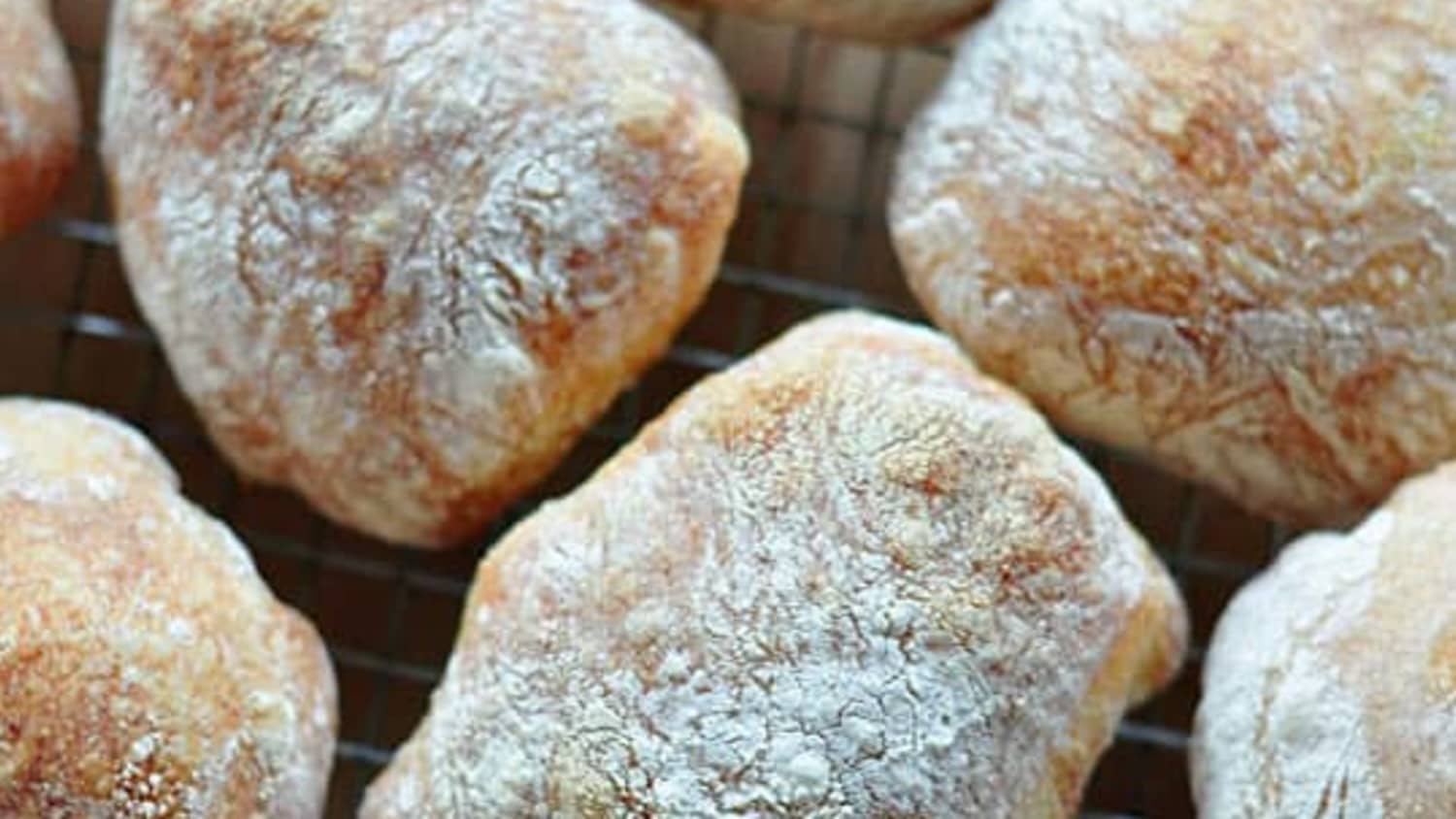
 487 views
487 viewsHomemade Ciabatta
thekitchn.com
4.6
(28)
Your folders
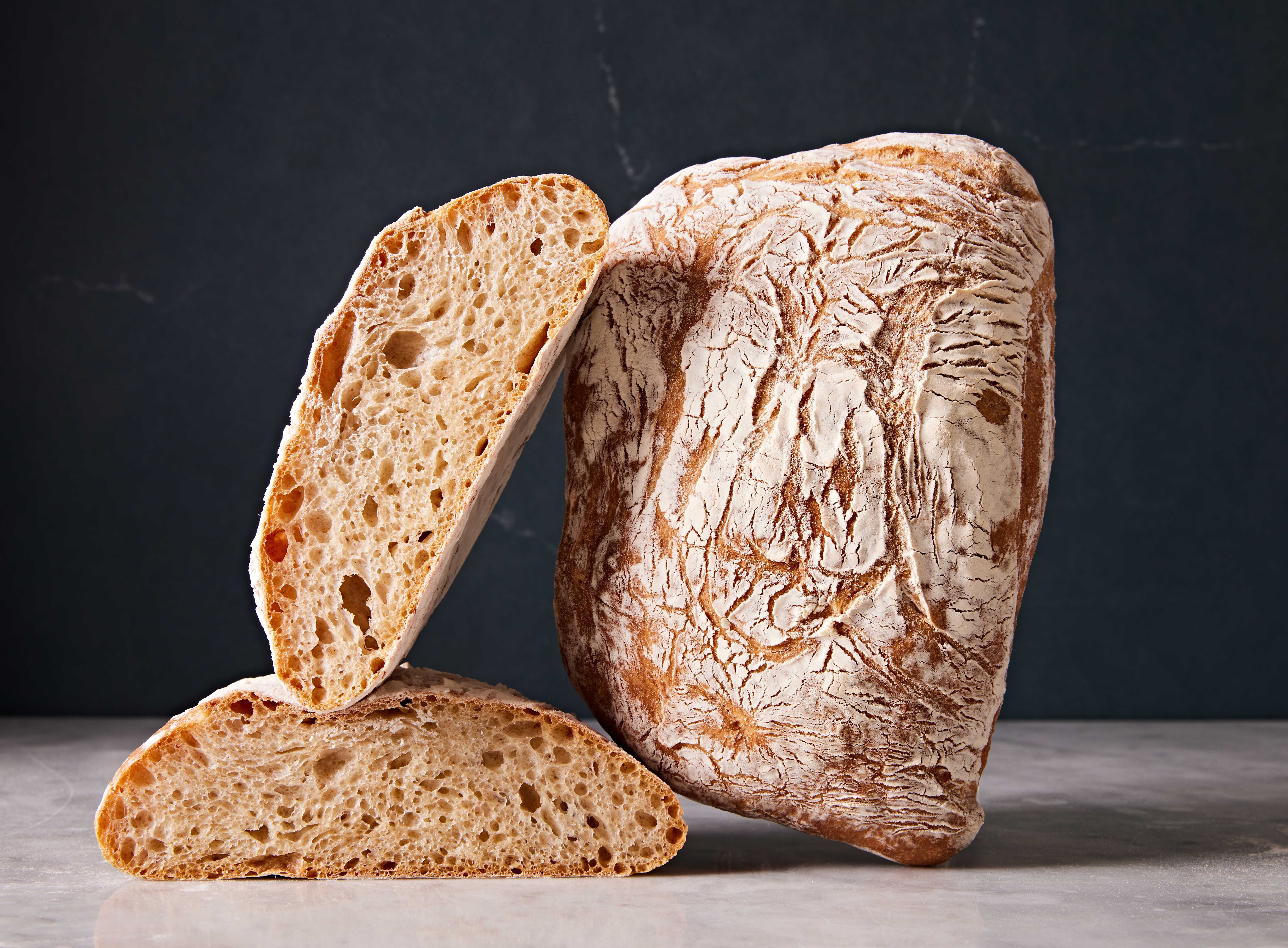
 285 views
285 viewsHomemade Ciabatta
delish.com
Your folders

 594 views
594 viewsHow To Make Homemade Croutons
gimmesomeoven.com
4.9
(28)
20 minutes
Your folders

 1222 views
1222 viewsHow to Make Homemade Mozzarella
thekitchn.com
3.1
(30)
Your folders
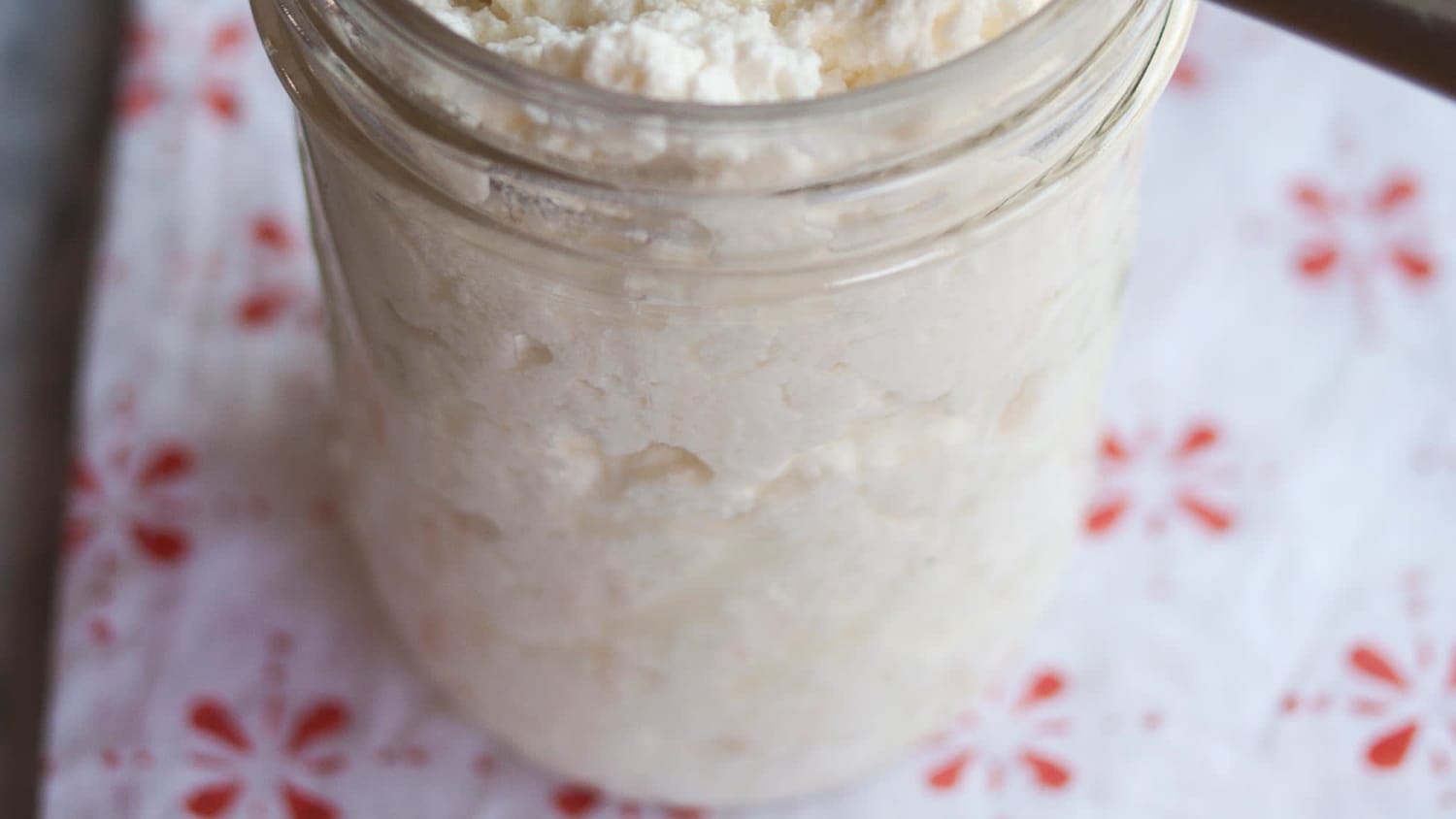
 735 views
735 viewsHow to Make Homemade Ricotta
thekitchn.com
4.1
(34)
Your folders

 558 views
558 viewsHow to Make Homemade Butter
allrecipes.com
4.6
(34)
Your folders

 465 views
465 viewsHow To Make Homemade Eggnog
thekitchn.com
4.3
(42)
Your folders

 308 views
308 viewsHow To Make Homemade Liquors
kleinworthco.com
5.0
(10)
3 minutes
Your folders

 409 views
409 viewsHow To Make Homemade Marinades
thepioneerwoman.com
Your folders

 503 views
503 viewsHow To Make Homemade Sausage
simplyrecipes.com
4.9
(117)
Your folders
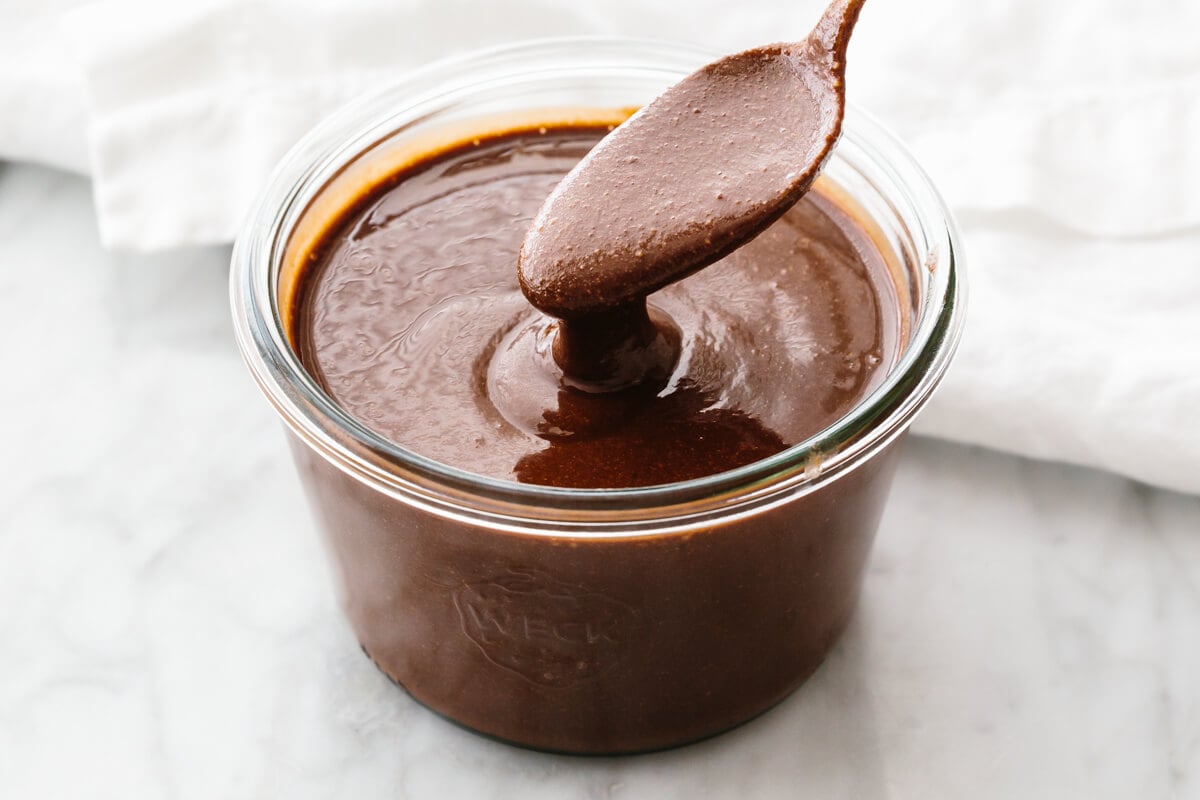
 850 views
850 viewsHow To Make Homemade Nutella
downshiftology.com
4.9
(31)
15 minutes